In My Travels, I Found 8 Wine Spots With Incredible Food + 4 That Served Overpriced Booze And Mediocre Meals
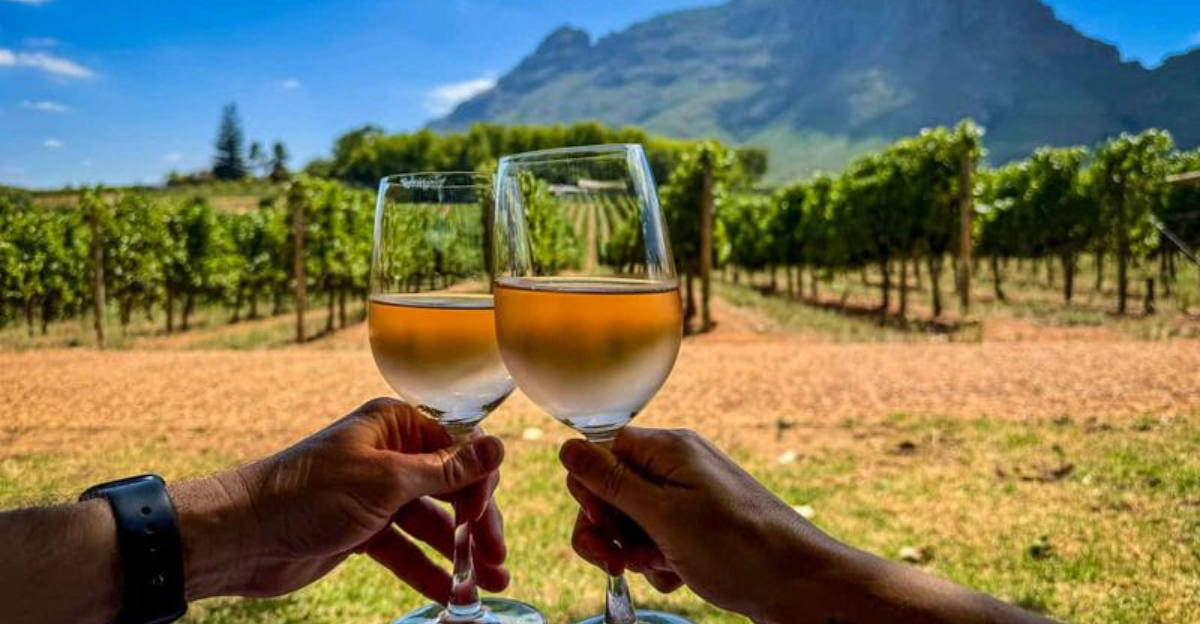
Wine tourism isn’t just about swirling glasses and scenic vineyards — it’s about the full sensory experience that happens when the right wine meets the right place.
After years of chasing the perfect pour across six continents, I’ve tasted unforgettable pairings that made entire trips worthwhile — and endured a few overrated stops that left me wondering what all the fuss was about. Here’s an honest guide to the wine regions that deliver true magic — and the ones that fall flat.
1. Tuscany’s Chianti Region
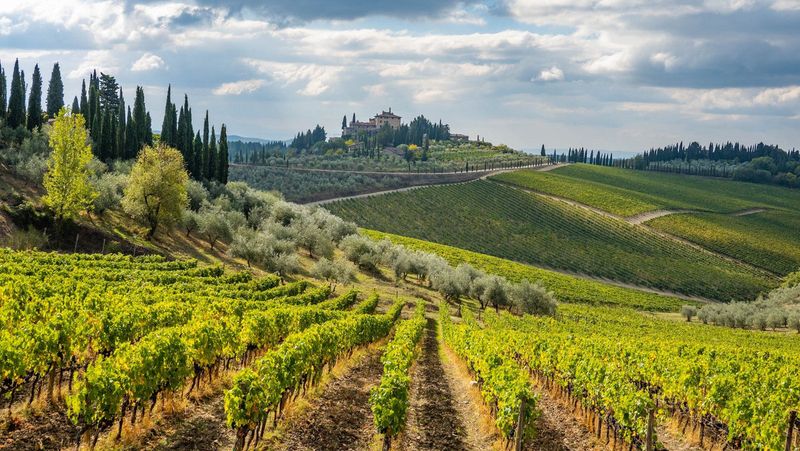
Rolling hills provide the perfect backdrop for unforgettable wine experiences. Tuscany’s combination of Sangiovese-based wines with locally-sourced pecorino cheese and wild boar ragu creates flavor symphonies that dance on your palate.
Small family-run wineries offer intimate tastings where grandmothers serve homemade pappardelle alongside estate bottles aging since the 1970s. Pure magic!
2. Mendoza’s Uco Valley
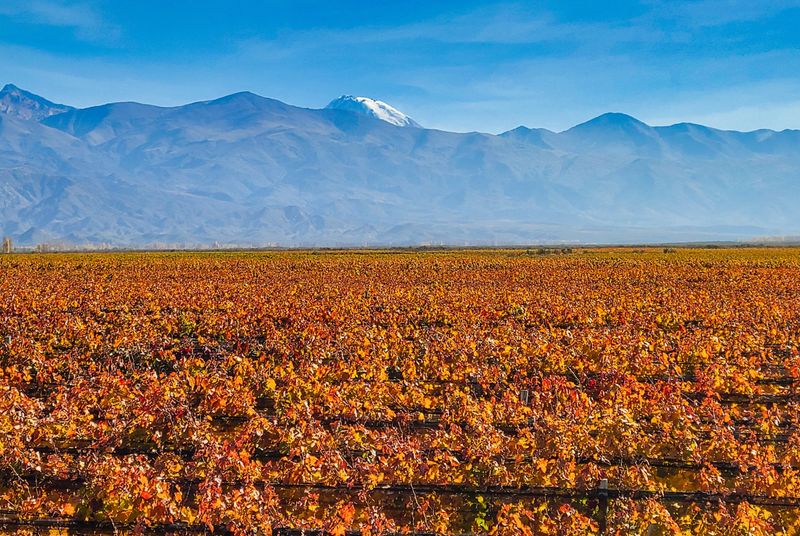
Breathtaking Andean views complement world-class wines in this Argentine paradise. The region’s high-altitude Malbecs deliver intense fruit flavors that perfectly balance the rich, fire-grilled local beef.
Mendoza’s innovative chefs have mastered the art of flame cooking. Many wineries maintain their own vegetable gardens and raise livestock specifically bred to complement their signature bottles. Absolutely worth the journey!
3. Portugal’s Douro Valley
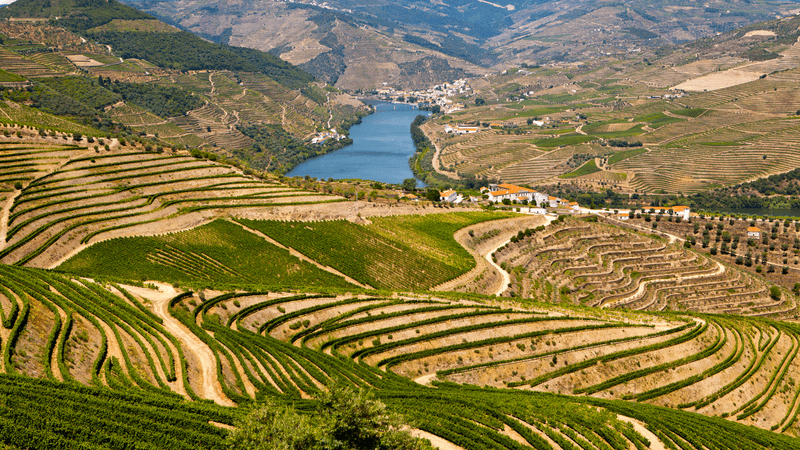
Ancient terraced vineyards cascade down to the winding river below in this UNESCO site. The Douro’s traditional quintas (estates) serve hearty Portuguese classics like bacalhau and roasted kid goat that stand up beautifully to robust red table wines.
Finish with aged tawny port alongside local almond desserts. The region’s microclimate creates wines with unique minerality that you simply can’t find elsewhere.
4. Oregon’s Willamette Valley
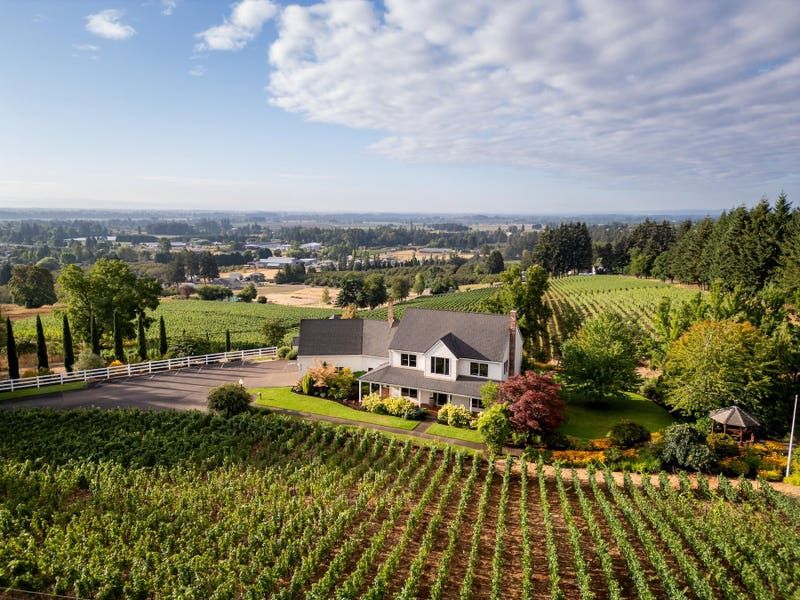
Misty mornings and cool climate create the perfect environment for delicate wines with remarkable complexity. Willamette’s sustainable wineries pair their celebrated Pinot Noirs with locally-foraged mushrooms, fresh-caught salmon, and artisanal cheeses from nearby farms.
Many tasting rooms offer chef-driven experiences featuring ingredients harvested that morning. The laid-back, unpretentious atmosphere makes even wine novices feel welcome.
5. Sicily’s Mount Etna
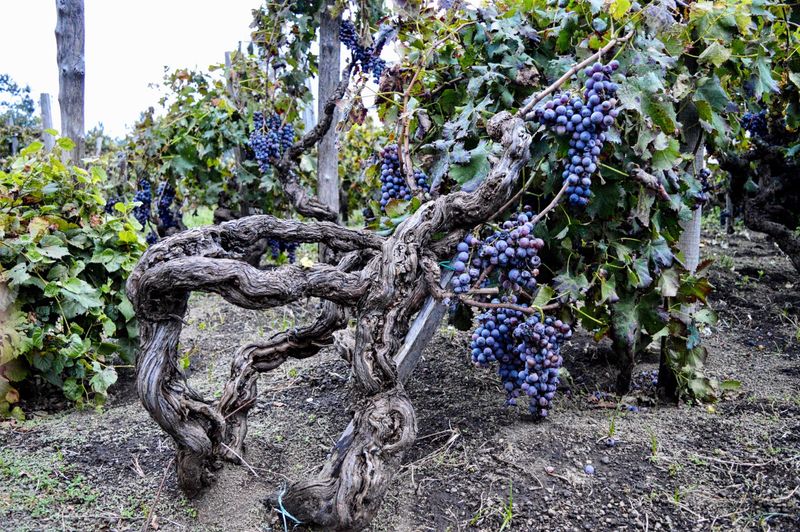
Ancient vines cling to black volcanic soil, creating wines with remarkable minerality and elegance. Etna’s wineries serve spectacular seafood pasta with native Carricante whites and pair their structured Nerello Mascalese reds with wild fennel sausage and aged pecorino.
Many vineyards date back centuries, with some pre-phylloxera vines still producing fruit. The constant volcanic activity adds a fascinating dimension of terroir you can actually taste.
6. Chile’s Casablanca Valley

Morning fog rolls in from the nearby ocean, creating ideal conditions for vibrant whites and elegant reds. Casablanca’s innovative wineries excel at pairing their crisp Sauvignon Blancs with just-caught ceviche and their complex Pinot Noirs with traditional Chilean empanadas.
The valley’s unique geography allows visitors to ski in the Andes and swim in the Pacific on the same day. Many estates offer panoramic views of both mountains and ocean.
7. South Africa’s Stellenbosch
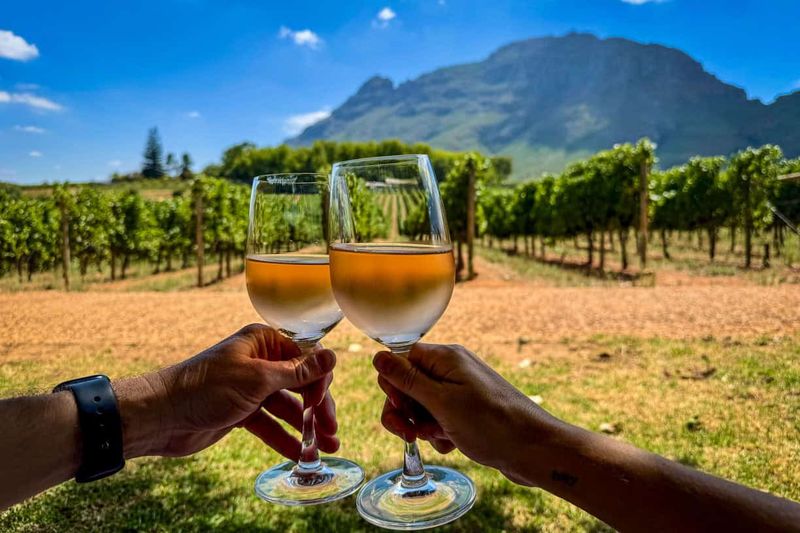
Dramatic mountain backdrops frame vineyards that produce exceptional Pinotage and Chenin Blanc. Stellenbosch wineries excel at pairing their robust reds with game meats like kudu and springbok, often prepared with Cape Malay spices that highlight the wine’s fruit notes.
Many estates incorporate traditional braai (barbecue) techniques. The region’s 300+ years of winemaking history blends European traditions with distinctly African ingredients.
8. Spain’s Rioja
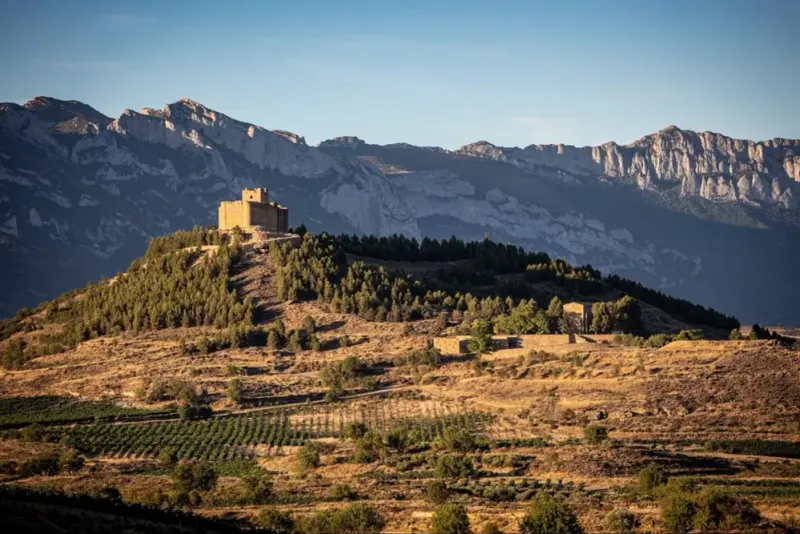
Medieval villages dot the landscape where tempranillo grapes thrive under the Spanish sun. Rioja’s historic bodegas serve incredible jamón ibérico, manchego cheese, and chorizo that create perfect harmony with their oak-aged reds.
Many wineries maintain underground cellars dating back centuries. The region’s tradition of aging wines extensively before release means even moderately priced bottles often have remarkable complexity and are ready to drink.
9. Napa Valley
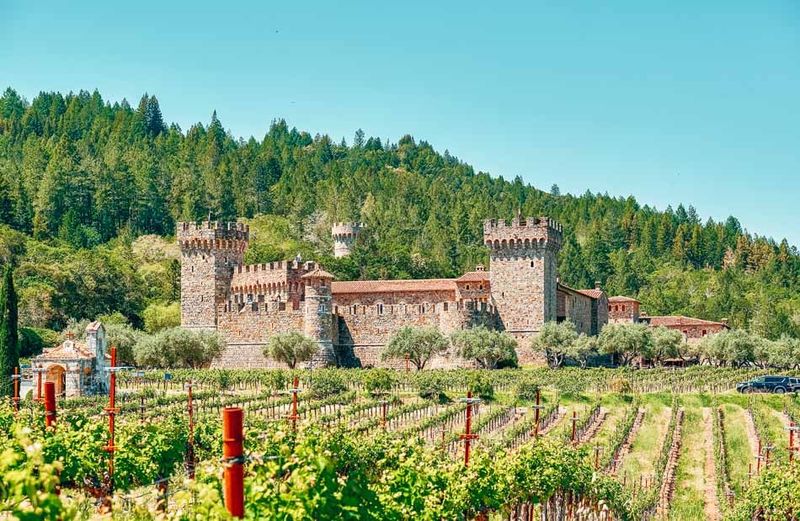
Glossy tasting rooms charge eye-watering fees for basic pours. Napa’s reputation has led to inflated prices that rarely match the actual quality in the glass, while many food offerings seem designed for Instagram rather than enjoyment.
Cookie-cutter menus repeat across properties with little regional identity. The valley’s commercialization has created an experience that feels more like an amusement park than an authentic wine region, with traffic jams of tour buses clogging scenic routes.
10. France’s Saint-Émilion
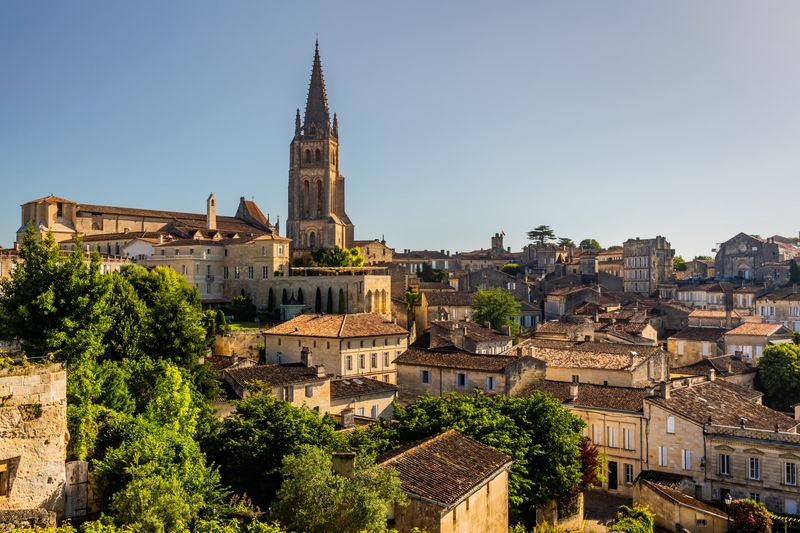
Postcard-perfect medieval architecture hides disappointing wine experiences. Saint-Émilion’s prestigious name commands premium prices, but many châteaux offer formulaic tastings with uninspired cheese plates that feel mass-produced rather than artisanal.
Famous classifications have created complacency among some producers. The region’s rigid adherence to tradition sometimes stifles innovation, while tour groups clog the narrow streets and create an atmosphere more focused on souvenir shopping than wine appreciation.
11. Australia’s Hunter Valley
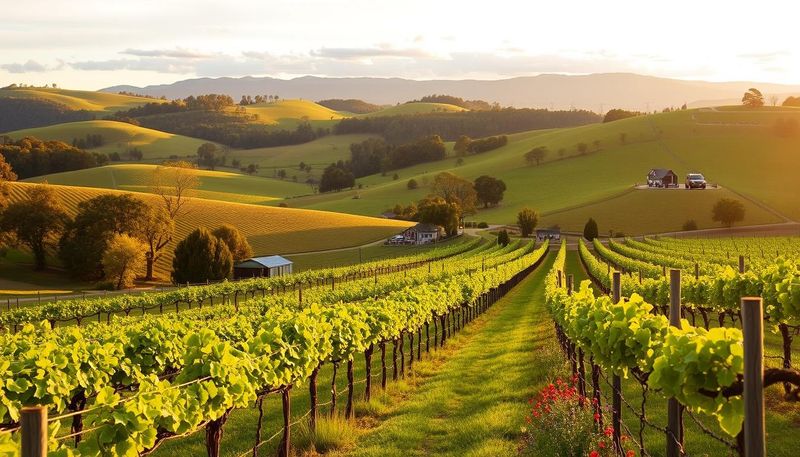
Corporate ownership has homogenized what should be a distinctive wine region. Hunter Valley’s large commercial operations often push quantity over quality, with cookie-cutter tasting menus paired with uninspired dishes that fail to showcase local ingredients.
Many restaurants serve frozen appetizers alongside premium-priced wines. The region’s proximity to Sydney has created a wedding/party destination atmosphere that overshadows serious wine appreciation, with bachelorette parties often dominating tasting rooms.
12. New York’s North Fork
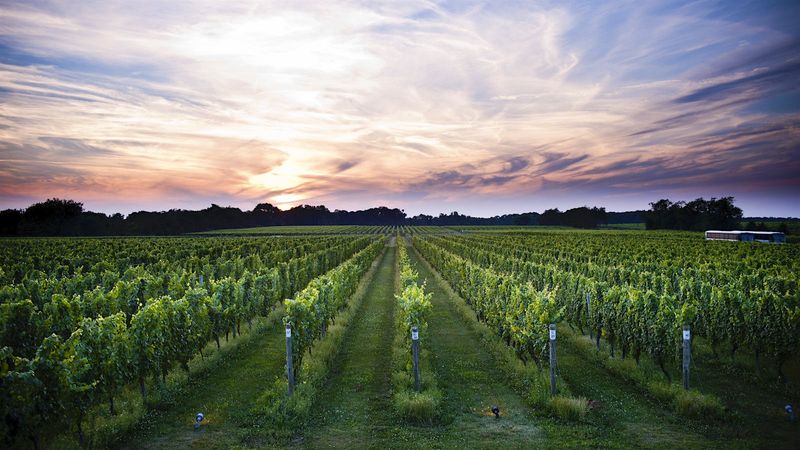
Weekend crowds from Manhattan create assembly-line tasting experiences with little depth. North Fork’s proximity to wealthy New Yorkers has inflated prices without corresponding quality, while food offerings often consist of pre-packaged cheese boards that lack imagination or local character.
Many wineries prioritize event hosting over winemaking excellence. The region shows potential with its maritime climate, but currently delivers experiences focused more on maximizing profit from day-trippers than creating memorable wine and food moments.
